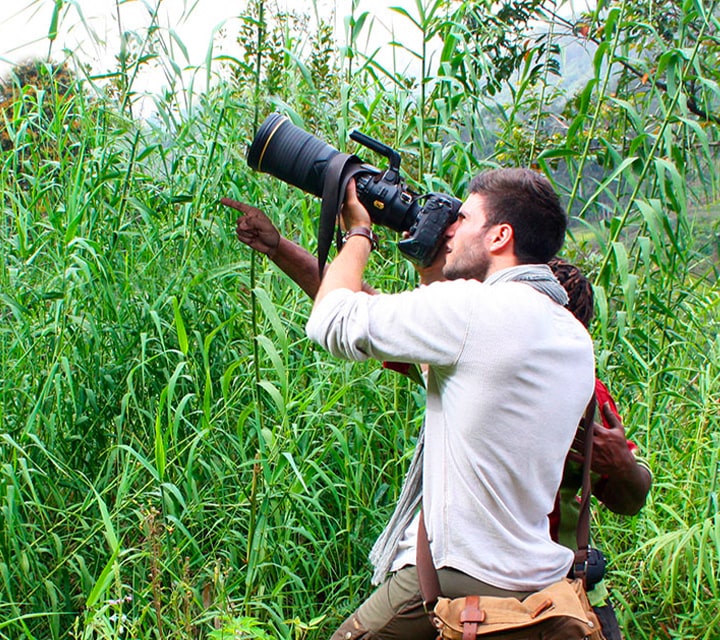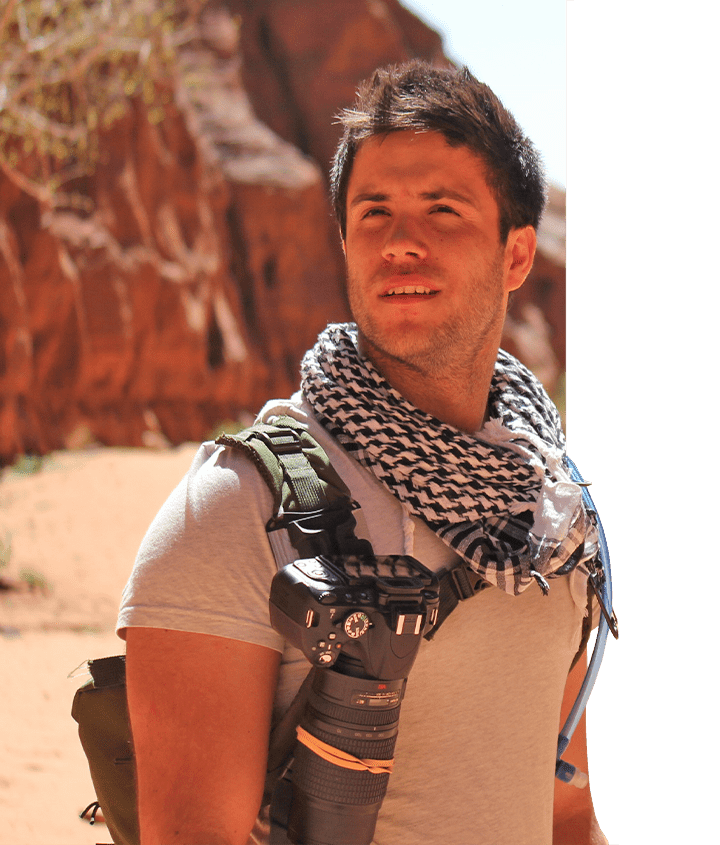
From otherworldly wildlife to breathtaking scenery and extraordinary underwater landscapes, the Galapagos is an internationally-renowned destination for photographers. Whether you’re an amatuer photographer or a passionate, budding professional, you’ll want to keep your camera close to capture the magic of your Galapagos adventure. With instruction from the right guide, you will be reliving your cruise of a lifetime through exceptional photographs for years to come.
Quasar Expeditions has recently partnered with Harry Skeggs, a National Geographic nature and wildlife photographer, to lead one of our upcoming Photo Safari Galapagos Cruises. During this unforgettable photo cruise journey through the archipelago, travelers will delight in the chance to develop their photography skills with guidance from a true professional.
To prime you for your photo cruise, we asked our award-winning guide for his 7 go-to tips for the most striking Galapagos photography. Developed from his adventures across 70 countries and 6 continents, these animal and nature Galapagos photography tips will ensure you capture the beauty and essence of your Galapagos cruise.
“Patience has been one of the biggest lessons I’ve learned along my photography journey,” - Harry Skeggs
Read on for Harry’s 7 Galapagos photography tips for taking photographs that will tell the unique story of your Galapagos adventure:
1. Shift your perspective.
Photography that expresses essence, depth, and details is all about perspective. For the most memorable Galapagos photographs, get low or high to look at your subjects in a new way. When photographing a Marine Iguana basking in the sun, for example, getting low will help to exaggerate and highlight its size, creating a vastly more impactful photo. Conversely, when photographing a Waved Albatross among a colony of nests, taking a higher viewpoint will help put your subject in the context of its habitat. Every time you look at a subject think, ‘how can I see this in an entirely new way?’ Experiment – it will pay off!

2. Make eye contact.
Whether you’re taking photographs of humans or wildlife in the Galapagos, capturing eye contact will help create engagement between the subject and viewer. Humans are evolved to seek out this eye contact, and our eyes are drawn to it. It may seem peculiar to try locking eyes with a Galapagos creature in its natural environment, but this photo tip will enhance your image with a sense of confrontation, curiosity, and impact. Timing is crucial!
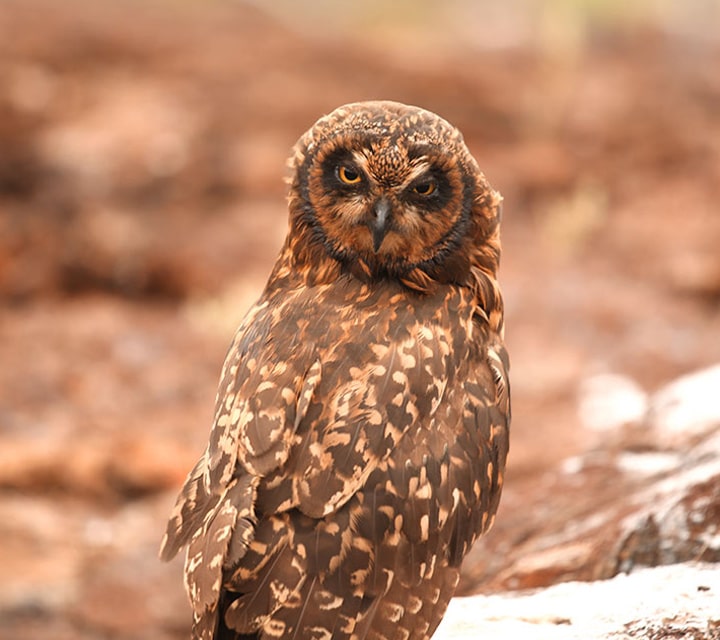
3. Consider your planes.
Think about the planes of your photo – background, middle and foreground. It's always key to have interest in at least two of these in your photo composition. When taking a photograph of an island landscape, think about having a subject in the foreground to create depth. When shooting a wildlife portrait, consider the makeup of your background. This makes for a much more impactful shot full of visual interest.
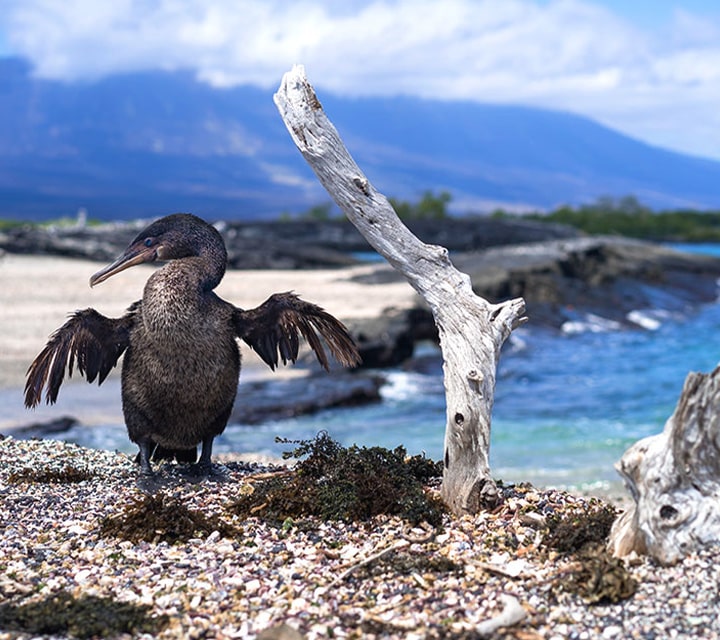
4. Look for the light.
With a diverse range of landscapes, glistening ocean views, and equatorial sunshine, the Galapagos also offers travelers an ever-changing show of light and dark, glimmers and shadows. When you’re ready to capture a moment, don’t look for the subject in your photo composition. Instead, look for the light. Even the best subject in poor light makes a boring photo. With good light, just the slightest subject can make for a stunning photo. Learn to seek out where the best light is, and wait for a subject to present itself – then, you will have your perfect shot.
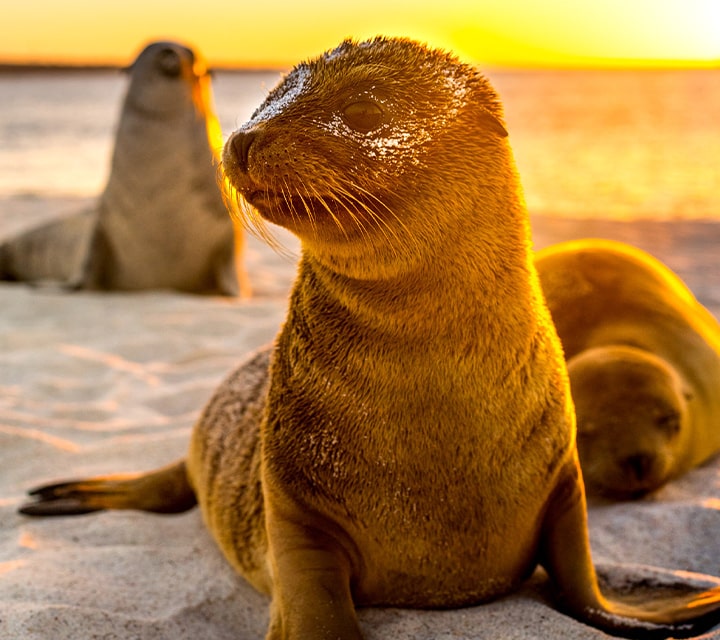
5. Play with focal ranges.
The Galapagos is famous for rare wildlife sightings. When you experience one for yourself, your camera will help you make the most of it. Another one of the Galapagos photography tips is try shooting some images at a high zoom to get every detail of the animal’s face and eyes. Then, zoom all the way out and shoot the subject relative to its surrounding environment. Play with these focal ranges to get massively different results from one unique wildlife sighting and give yourself a higher chance of capturing the best from your encounter.
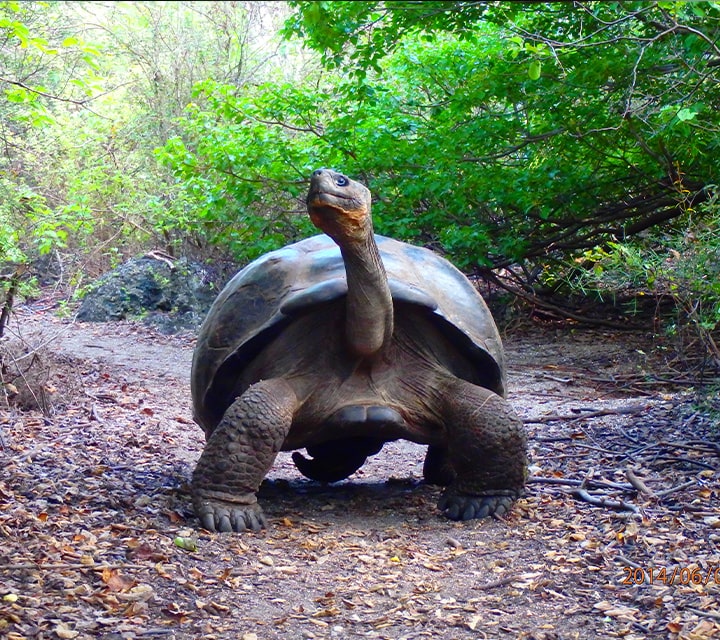
6. Get close, then get closer!
Especially for underwater Galapagos photography, the rule of thumb is that you can’t get close enough to your subject. The warm waves of the colour spectrum get absorbed by the crystal blue water of the archipelago, so if you have a lot of water between you and your subject, your photos will take on a blue hue. You may also end up with particles and other obstructions in your shot if you’re too far away from your subject. It takes patience to approach a subject without scaring it off, but get close, then get closer – the vibrant colours will begin to burst out.
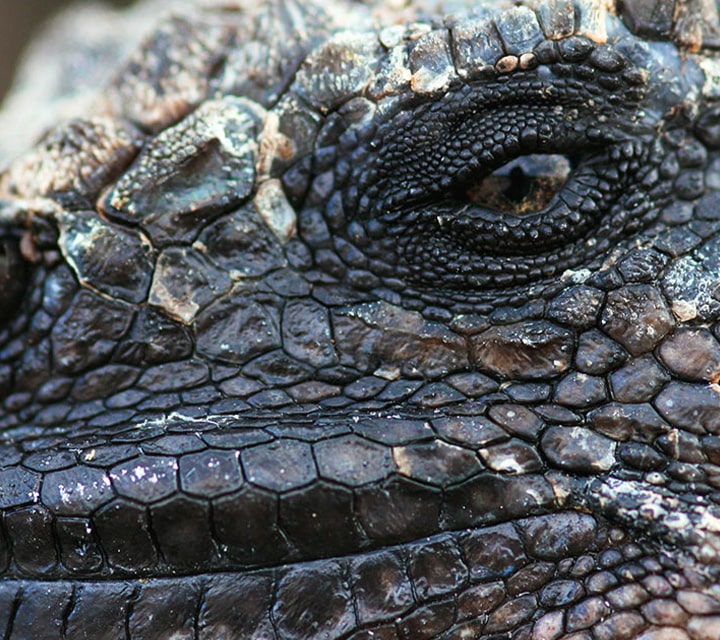
7. Practice patience.
“Patience has been one of the biggest lessons I’ve learned along my photography journey,” Harry emphasized. Regardless of your location, the nature of wildlife photography is getting lucky some days and less lucky on others. You have to be there and be willing to wait to capture the images that will become a time capsule for your most magical Galapagos encounters and memories. This patience always pays dividends in the end; it's the only way to get the best photos on your bucket-list journey.
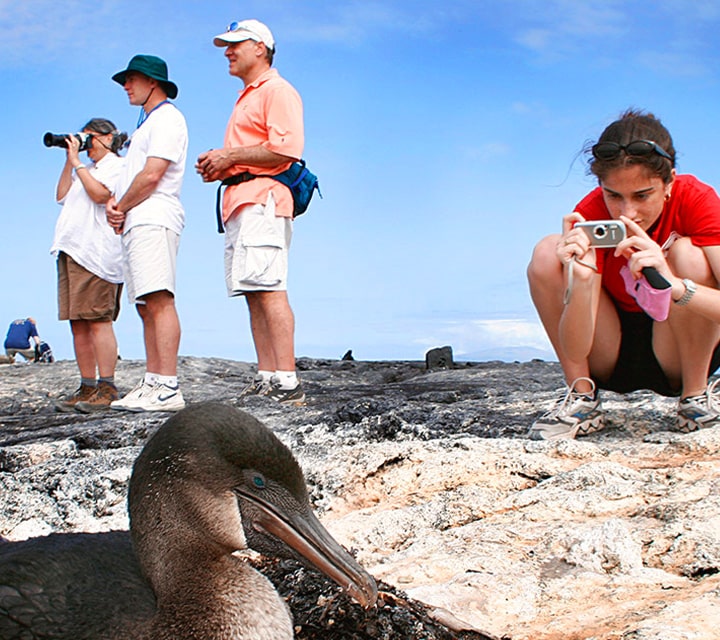
Harry Lyndon-Skeggs
Harry is a multiple award winning photographer, with a passion for all forms of wildlife, the cornerstone of his photographic style. He has travelled extensively, to over 70 countries across 6 continents, which has sparked both travel and culture as strong themes in his work.
Harry is an adventurer at heart, which he seeks to pour into his photography. From close ups of wild cats, to swimming amongst tiger sharks, Harry is always excited by new prospects to experience our wild earth and the photographic opportunities they offer to the bold.
His work has been featured by some of the largest names in the travel and wildlife industry, as well as receiving a number of global awards and nominations and Harry is a regular speaker for the National Geographic annual masterclasses and travel shows. An experienced guide, Harry has led tours across the globe and is adept at working with every level of photographer to help them get the most from their photography.
